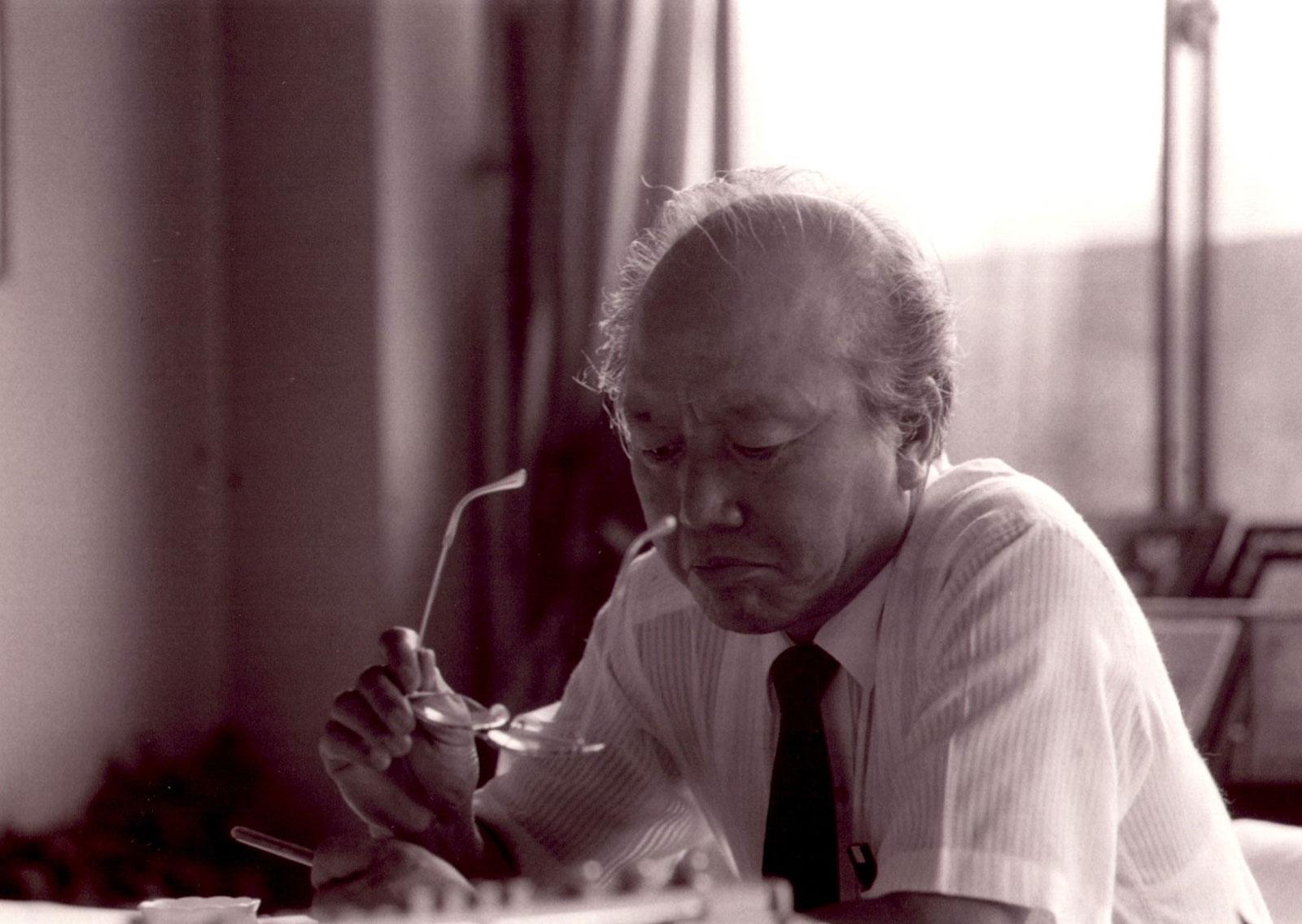Founder
Junglim Foundation is a non-profit organization established to honor the legacy of the late Kim Jung Chul (1932-2010), the founder of Junglim Architecture, to promote architectural culture, and to contribute to society.
Kim Jung Chul was born in Pyongyang in 1932. After graduating from the Department of Architectural Engineering at Seoul National University, he worked at Chong Hap Architects & Engineers and gained practical experience in architecture at the Construction Section of the Bank of Korea. In 1967, he founded Junglim Architecture with his brother, Kim Jung Sik. During the early days of Junglim Architecture, he led the design of numerous projects, including Huam Presbyterian Church, the headquarters of the Korea Exchange Bank, Noryangjin Church, Dunchon Housing Complex, the headquarters of Daegu Bank, Private School Pension Service Building, Jeonju Seomun Church, Royal Building, Yonsei University Centennial Hall, Christian Martyrs Memorial Hall, and Seoul National University Business School. He grew Junglim Architecture into one of Korea’s leading large-scale architectural firms. In his later years, he served as the 16th president of the Korean Institute of Architects and received several awards, including the Bronze Tower of the Order of Industrial Service Merit and the Presidential Commendation. He passed away in 2010 at the age of 78.
Architect Kim Jung Chul is credited with creating a foundation that allowed the members of Junglim Architecture to realize their potential. From the beginning of Junglim Architecture, he focused on the social responsibility of architects and architecture through organizational design, striving to design world-class buildings based on technical skills and overcoming the challenges of globalization and market opening. He established a futuristic ‘organizational design’ and a ‘total design’ system through comprehensive creative activities, and was an emotional rationalist architect who focused more on architecture demanded by societal changes than on the artistic will of the creator in the architectural design process.

In Memory of Kim Jung Chul
“Kim Jung Chul was only a year younger than his contemporary, Kim Swoo Geun. He walked a different path, a half-step behind Kim Swoo Geun. While Kim Swoo Geun emphasized artistic will, Kim Jung Chul explored what new architecture demanded by societal changes could be, based on ‘total design through organizational planning.’ The reason Junglim Architecture, which he founded, has been thriving healthily for over 50 years across generations, is owing to the continuation of this work ethic.”
From ‘Pioneer of Organizational Design’ by Park Seongtae
“The path Kim Jung Chul took before founding Junglim Architecture, from Seoul National University to Chong Hap Architects & Engineers and then to the Bank of Korea, was one of the most elite routes a young Korean architect could take at the time. However, it wouldn’t be an exaggeration to say that within the architecture community, he was considered part of the ‘minority.’ Kim Jung Chul and Junglim Architecture went a different path than other architects of the same generation, who built their reputations through high school networks, apprenticeships under great architects, commissions for monumental national projects, and modernization of the Korean identity. Paradoxically, this different path laid the foundation for Junglim Architecture to undertake large projects in industrialized Korea and enabled the diversity of modern Korean architecture.”
From “Kim Jung Chul and Junglim Architecture 1967–1987” by Park Junghyun
Biography
- 1932 Born in Pyongyang, Pyongan Nam-do
- 1952 Graduated from Daekwang High School
- 1956 Graduated from the College of Engineering, Department of Architectural Engineering, Seoul National University
- 1956 Worked at Chong Hap Architects & Engineers
- 1958 Worked at Korea Industrial Bank
- 1959 Worked at Bank of Korea
- 1966 Acquired Architect License
- 1967 Worked at Korea Exchange Bank, founded Junglim Architecture Institute
- 1969 Director at the Korean Institute of Architects
- 1970 Lecturer in the Department of Architectural Engineering, College of Engineering, Seoul National University
- 1973 CEO of Junglim Architecture
- 1974 Director at the Korean Institute of Architects
- 1976 Received the Order of Industrial Service Merit, Bronze Tower
- 1978 Completed the Executive Program at Seoul National University
- 1979 Vice Chairman of the Korean Engineers’ Club
- 1982 Invited Artist at the National Exhibition of Korean Architecture
- 1984 Vice Chairman of the Korean Institute of Architects
- 1987 Chairman of Junglim Architecture
- 1988 Chairman of the Korean Institute of Architects, Juror for the Republic of Korea Culture and Arts Award
- 1990 Honorary Director of the Korean Institute of Architects
- 1991 Central Construction Technology Deliberation Committee Member, Director of the Korean Institute of Human Development, Presidential Commendation
- 1999 Chairman of the Year of Architectural Culture Organizing Committee, Appointed Honorary Professor at Yanbian University of Science and Technology
- 2001 Received the Cho Pyong Architecture Award (Korean Institute of Architects), Commendation from the Mayor of Seoul Metropolitan Government
Works
- 1967 Huam Presbyterian Church
- 1969 Korea Exchange Bank Busan Branch
- 1972 Bank of Korea Suwon Branch
- 1973 Korea Exchange Bank Head Office
- 1973 Seoul National University Main Building
- 1974 Samyang Corporation Head Office
- 1978 Dunchon Housing Complex
- 1979 Daegu Bank Head Office
- 1979 Jeonju Seomun Church
- 1979 Private School Mutual Aid Association Building
- 1982 Korea Eximbank Head Office
- 1983 Royal Building
- 1983 Olympic Equestrian Park
- 1985 Yonsei University Centennial Hall
- 1987 Christian Martyrs’ Memorial Hall for the 100th Anniversary
- 1988 Seoul National University Sunkyoung Management Hall